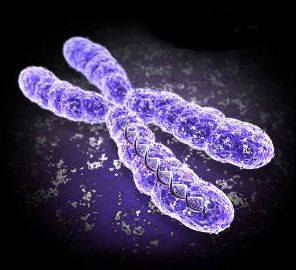Search This Blog
The blog aims to educate and knowledge sharing portal on pediatrics and the miscellaneous disease.
Featured
- Get link
- X
- Other Apps
Diagnosis and Treatment of Trisomy 18
DIAGNOSED
A doctor may suspect trisomy 18 during a pregnancy ultrasound, although this isn't an accurate way to diagnose the condition. More precise methods take cells from the amniotic fluid (amniocentesis) or placenta (chorionic villus sampling) and analyze their chromosomes.
After birth, the doctor may suspect trisomy 18 based on the child's face and body. A blood sample can be taken to look for chromosome abnormality. The chromosome blood test can also help determine how likely the mother is to have another baby with trisomy 18.
If you are concerned that your baby may be a risk for trisomy 18 because of a past pregnancy, you may want to see a genetic counselor.
TREATMENT
Popular Posts
Diagnosis and treatment of Umbilical Hernia
- Get link
- X
- Other Apps
Overview and symptoms of Turner syndrome
- Get link
- X
- Other Apps



Comments
Post a Comment